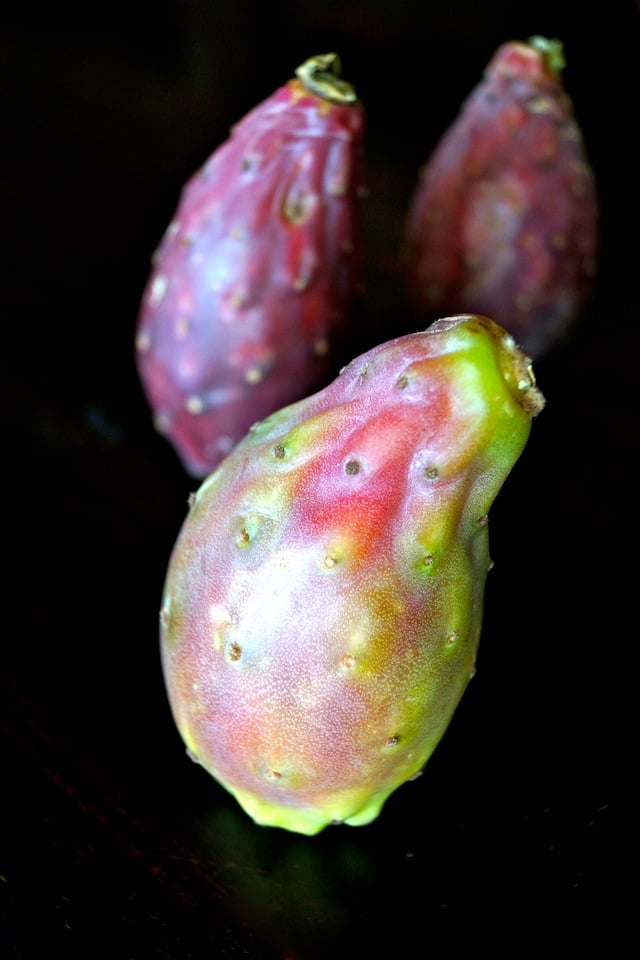
What is a Prickly Pear?
Wait until you see the inside of a prickly pear and the prickly pear juice -- both are stunning.
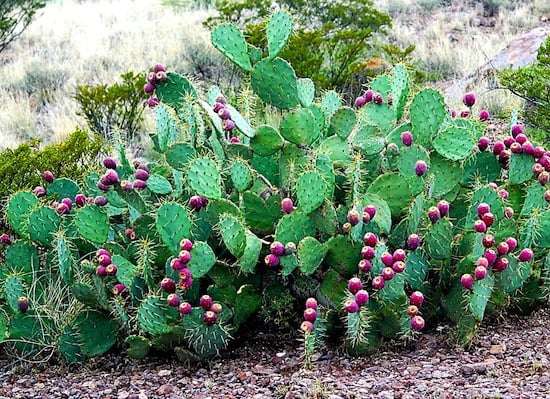
There are several varieties of cactus pears. Within all of the varieties, the colors vary from magenta and red to green and yellow.
Prickly Pears are native primarily to the southwestern United States, Mexico, other Latin American countries, as well as in Africa, Australia and the Mediterranean — where there is a lot of sun and heat.
Prickly Pears are not actually a member of the pear family. They were given this name only because the they resemble pears in shape and size.
You might think it's daunting, but I want to show you that it's easy to learn how to cut, eat and juice Prickly Pears.
Now let's demystify this unique and beautiful fruit, shall we?
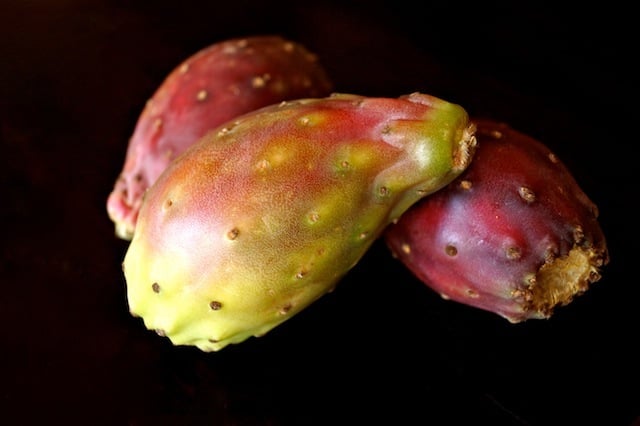
How to Cut these Cactus Pears
First and foremost, put on cooking gloves! Trust me! The fruit doesn't necessarily feel prickly, but has many almost invisible thorns. And they will hurt and be very hard to get out.

- Use paring knife to cut about ½ inch off of each end.

- Make a slit with the knife, vertically, through the skin — about ¼ inch deep.
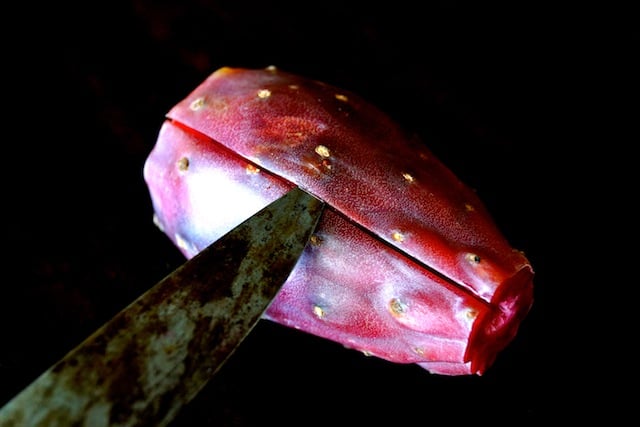
- Use the tip of the knife to lift the skin away from the slit.

- Gently pull the skin off the cactus pear. It should come off in one piece and may remove a bit of the inner flesh — that’s okay.
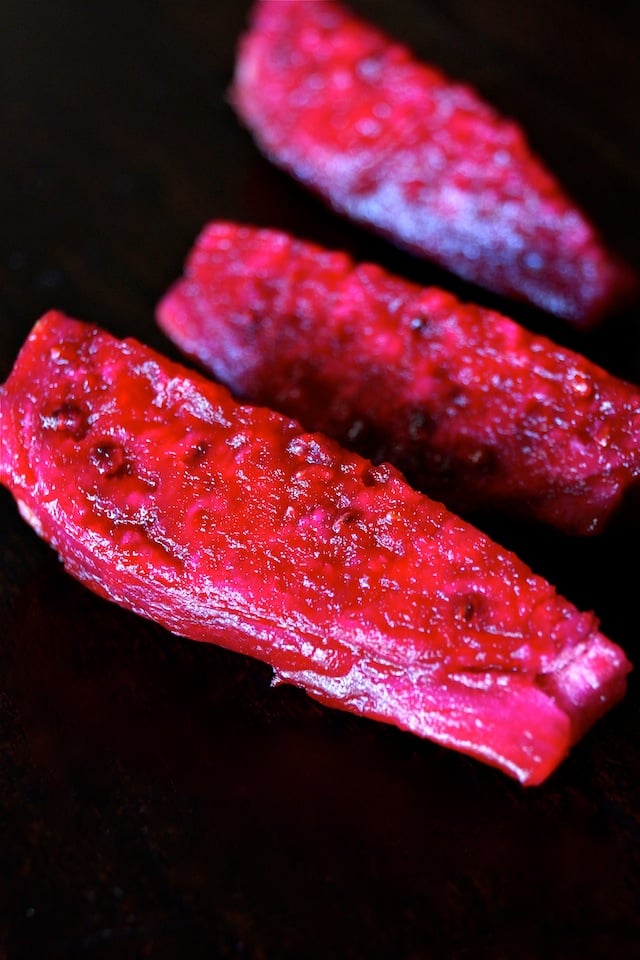
You can cut the fruit into slices any way you like.
The fruit is packed with very tiny edible seeds. Many people like the seeds and it’s common to add the slices to salads, or eat them on their own.
(Personally, I don’t love the feel of the seeds as find them too grainy, so I prefer to juice them.)
How to Juice Prickly Pear
- Add chunks of the fruit to a blender and purée. Then pour it through a strainer.
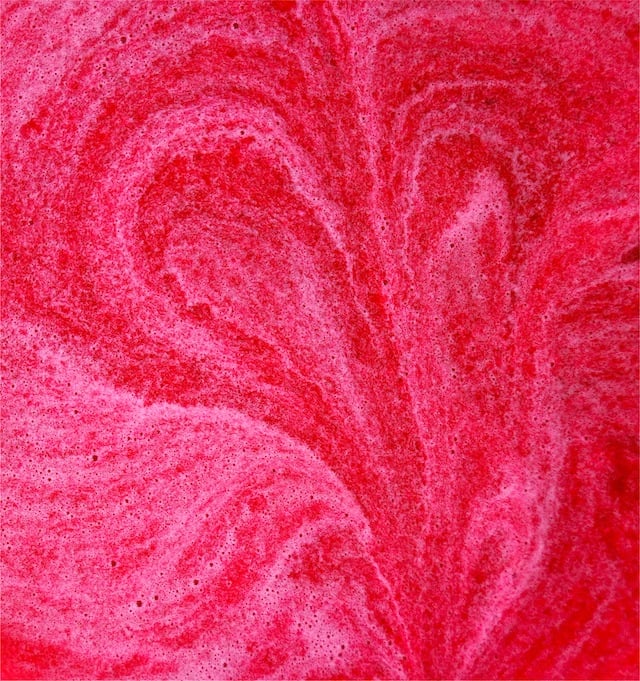
Other Names for Prickly Pears
- Cactus Pears
- Cactus Figs
- Tuna fruit
- Indian Figs
What does Prickly Pear taste like?
They're juicy and have a lovely, very sweet, raspberry-like flavor.
Where to Buy Prickly Pears?
You might find them in the specialty section of the produce department in your market. You can also get them here.
How to Use Prickly Pear Juice
- In a delicious vinaigrette
- In ice cream
- Sliced into salads
- Mixed into cocktails
- Puréed for a dessert sauce to serve over ice cream
Enjoy!
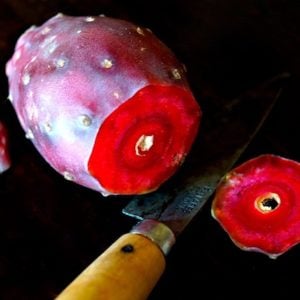
Sliced and Juiced Prickly Pear
Ingredients
- 1 whole prickly (cactus) pear
Instructions
- Put on cooking gloves! If you don't, you will tiny, almost invisible, sharp spines stuck in your fingers and hands.
- Use paring knife to cut about ½ inch off of each end of the fruit.
- Make a slit with the knife, vertically, through the skin — ¼ inch deep (or less).
- Now use the tip of the knife to lift the skin away from the slit a bit.
- Use your hands to gently pull the skin off. It usually will come off in one piece and may remove a bit of the inner flesh — that’s okay. Once the skin is removed, you can cut the fruit into slices.
- If you don't want the fruit with the (edible) seeds, purée it in a blender and then strain out the seeds to use the juice.
NUTRITION
Cooking On The Weekends is a participant in the Amazon Services LLC Associates Program, an affiliate advertising program designed to provide a means for sites to earn advertising fees by advertising and linking to Amazon.com.

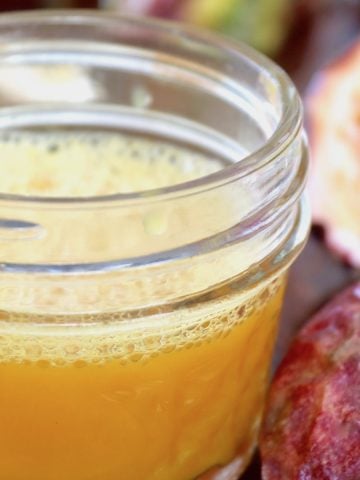
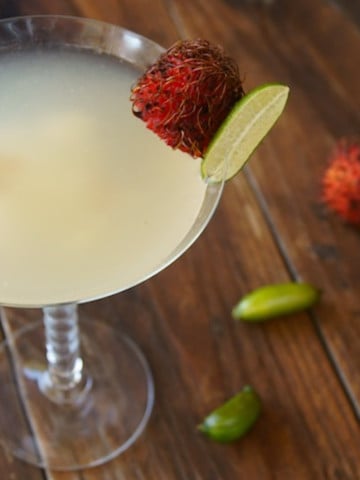

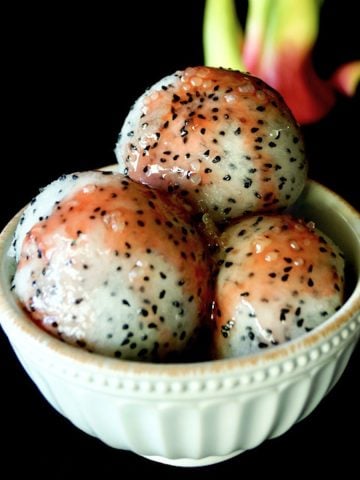
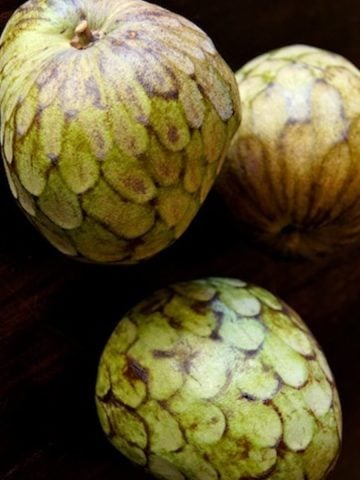
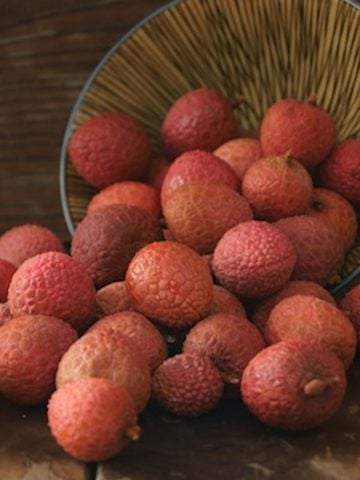
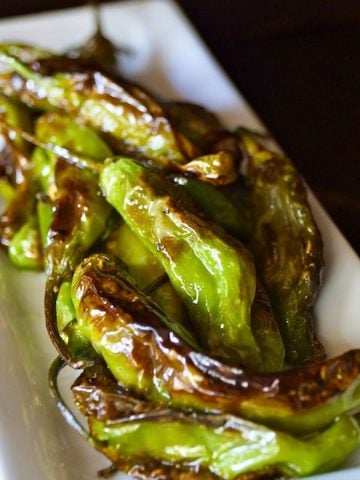
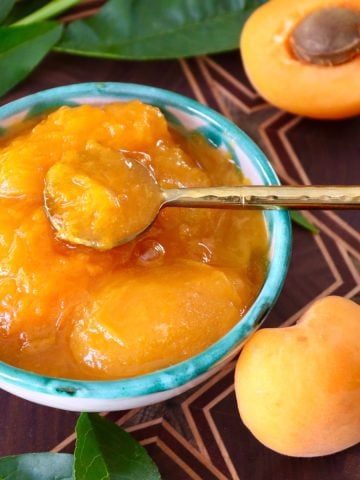
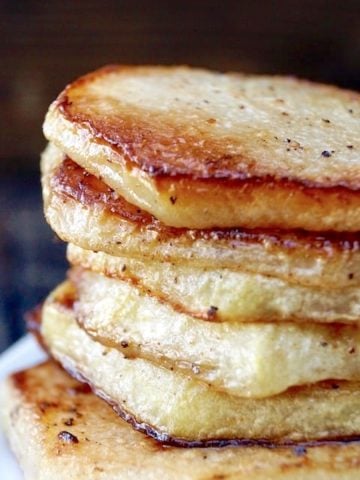
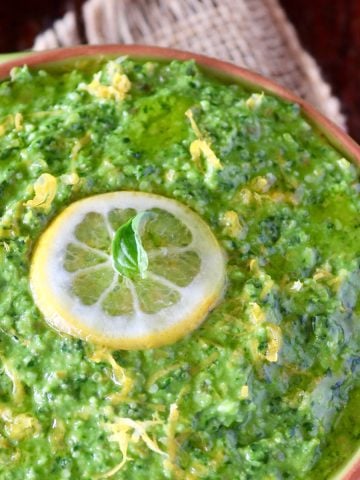
Greg
I just foraged about a dozen of these from the hills by my house. Eating one for breakfast right now. GREG
valentina
I love it, Greg!
Blanca
TUNAS!! These were a regular household item growing up. We were not allowed to touch them. We would have to wait until my mom peeled and cut them. Then we would eat them with lemon, salt and powdered chile. THE BEST. It would have never occurred to me to juice them lol I feel like my mind expanded just a little. Thank you for the wonderful trip down memory lane.
valentina
Thank YOU, Blanca. I love good food memories! And adding a bit of powdered chile to them sounds soooo good. I'll try that.
Linda
And they make fabulous jelly!
valentina
I hadn't thought of that. Excellent idea! How pretty would that be!?
Sylvia
With the seeds or without the seeds? I’d love the recipe or just some instructions.
David
WE love to eat and cook with prickly pear fruit. You show too kinds here - the ones shown on the plant are pretty much used only for juicing, although they can be eaten at great peril! The ones you used (from the focus indica) are often served for dessert and make a lovely treat! We are lucky to have both growing in our garden!
David
P.S. - those little invisible thorns are called glochids and they ARE really annoying and painful! Washing the fruit several times in cold water can help remove some of them, but your advice to wear gloves is very important and should be heeded!
valentina
Thanks for the additional tip! I'll never make that mistake again. :-/
valentina
Thanks for this info. Love it. And you are indeed so lucky to have them right outside your door!
mike w
A couple years ago, here in central Texas, I set out on a mission to collect enough 'tuna' to make jelly. I used tongs to pry them from the plant. Standard metal kitchen tongs, with their tips coated in , I'm guessing, silicone. Part-way into the first 5-gallon buckets' worth, I happened to look at those tips . . . thoroughly embedded with these otherwise soft-looking 'hairs', The tuna are surprisingly sweet, no sugar needed, but beware those little bitty buggers.
valentina
Yes! I learned my lesson! Delicious, though. 🙂
Al
Couldn't you burn the spines off on the stove, or with a lighter? I remember seeing a rancher using a blowtorch to burn off the spines so his cattle could eat the whole plant.
valentina
Oh, I will look into that! Interesting! 🙂
donnie
I have eaten hundreds of these and better to buy. Not worth the tiny spikes that will get in everywhere. Also, no need to cut the top. Just slice all around vertically as explained and pry apart and you have the entire fruit...I prefer the young green ones, will be more firm and better tasting...
valentina
Thanks so much for the tips, Donne! 🙂